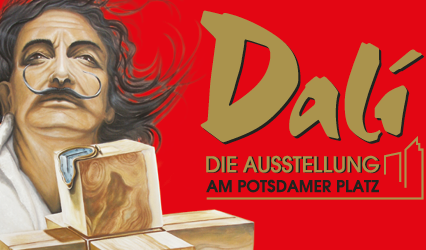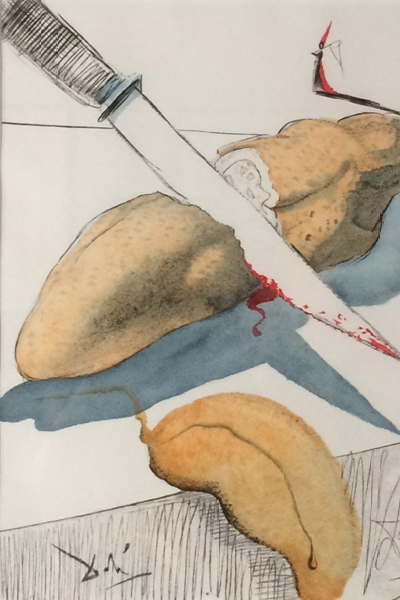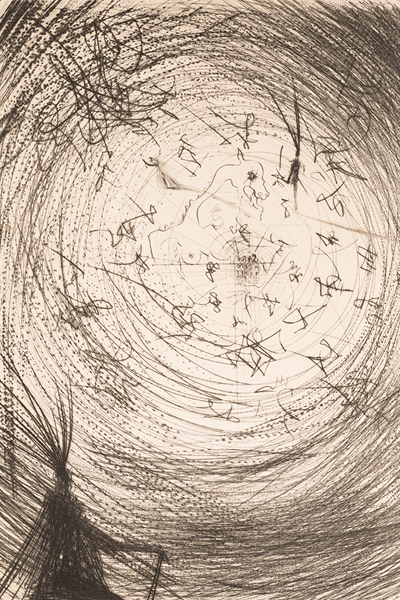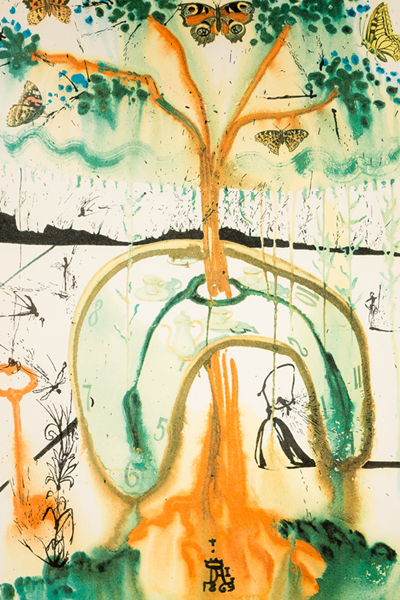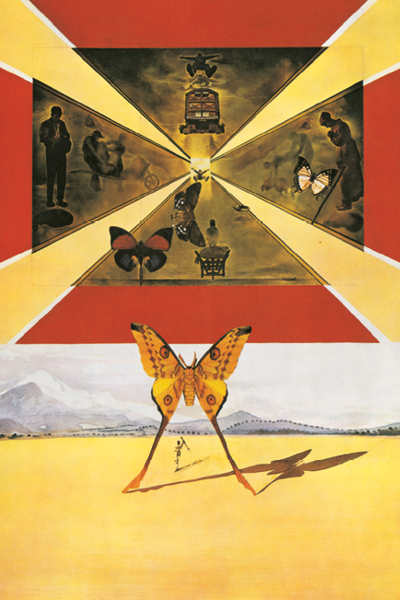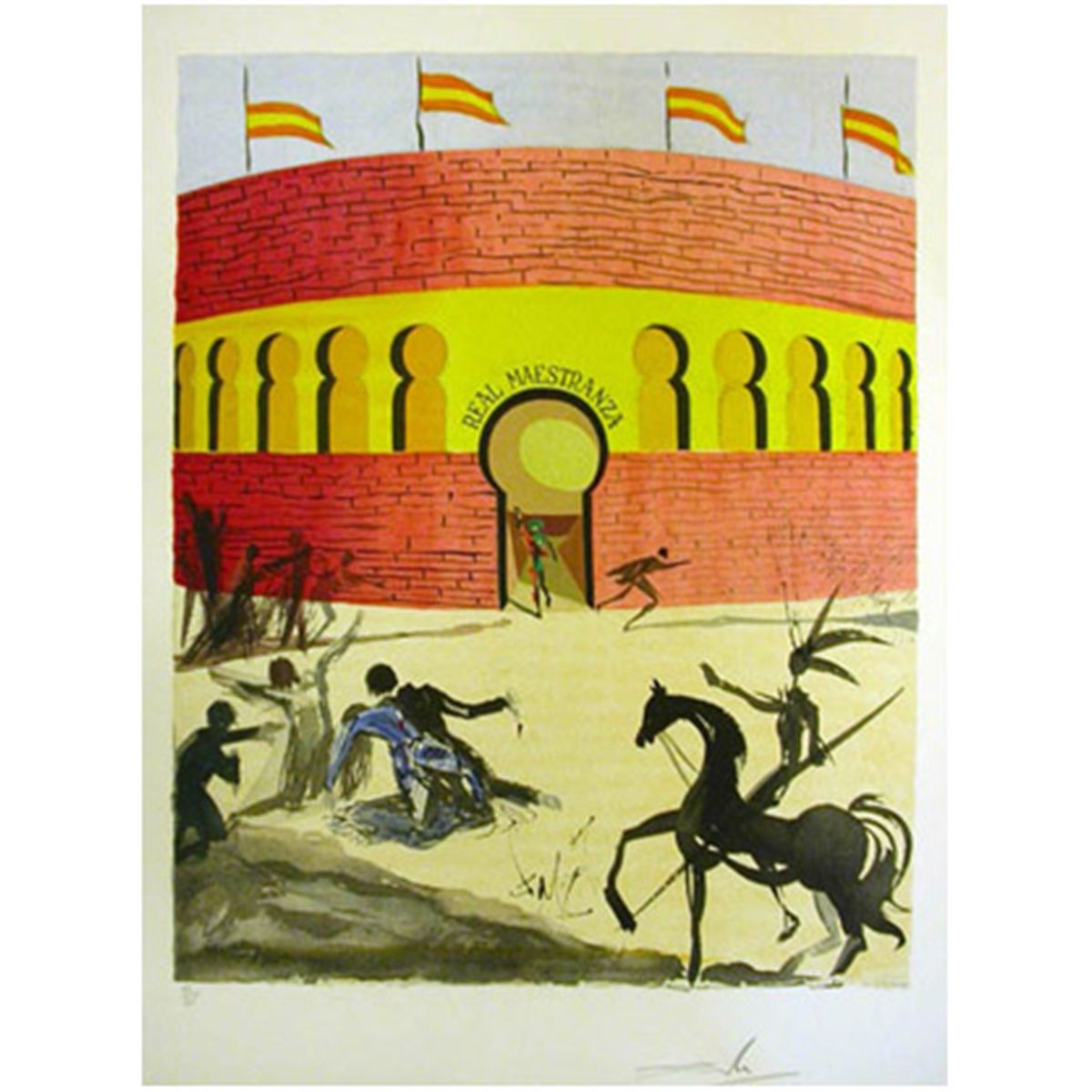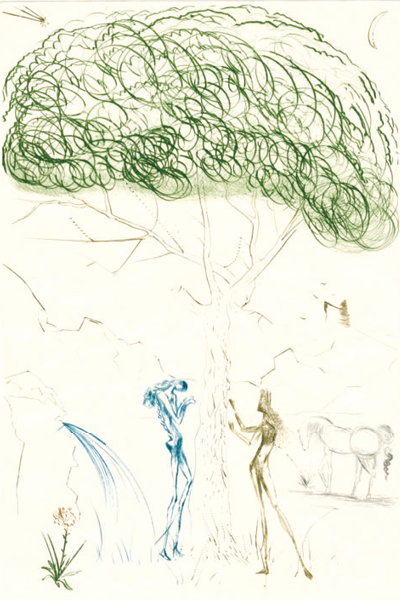Works exhibited
Salvador Dalí – one of the most talented artists of the modern era, who staged his works and himself in the most spectacular ways. “Surrealism for all” – this is the spirit in which over 450 of the original exhibits of this enigmatic personality are permanently on view in our museum at Potsdamer Platz. This institutional cultural highlight provides visitors with the most comprehensive insight into Dalí’s virtuoso and experimental mastery of almost all art techniques, right in the center of Berlin.
